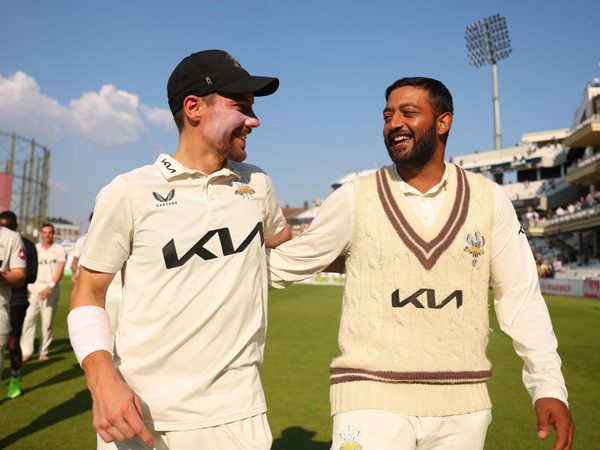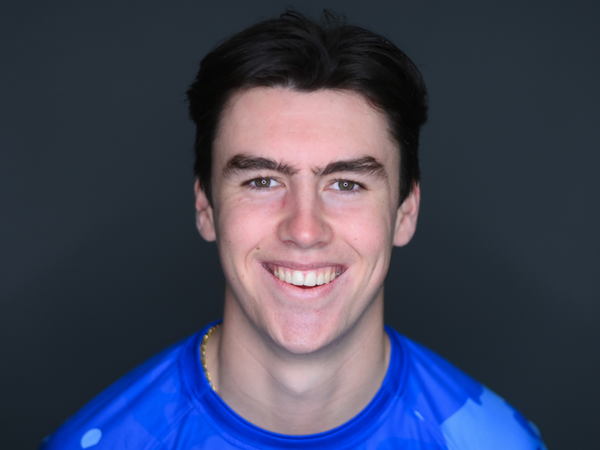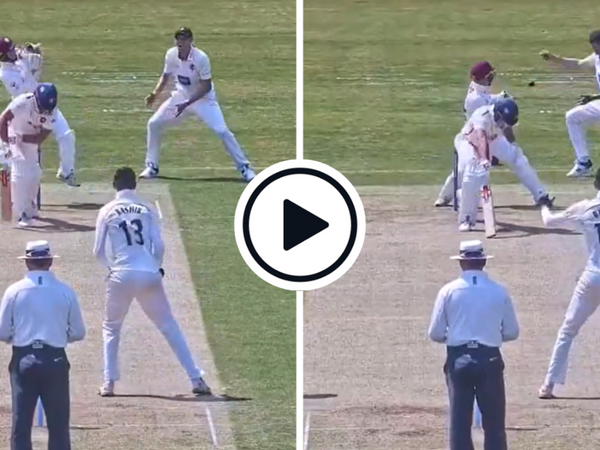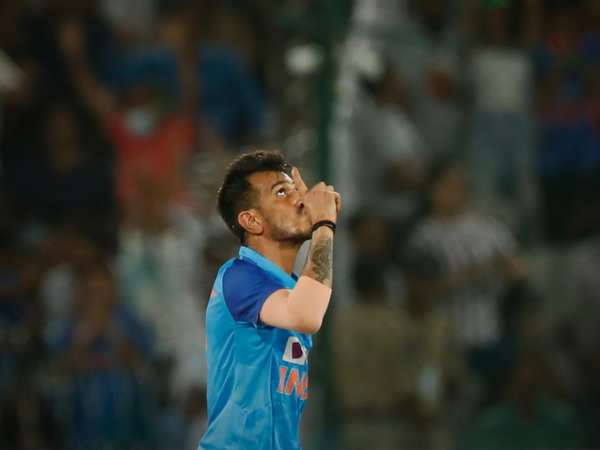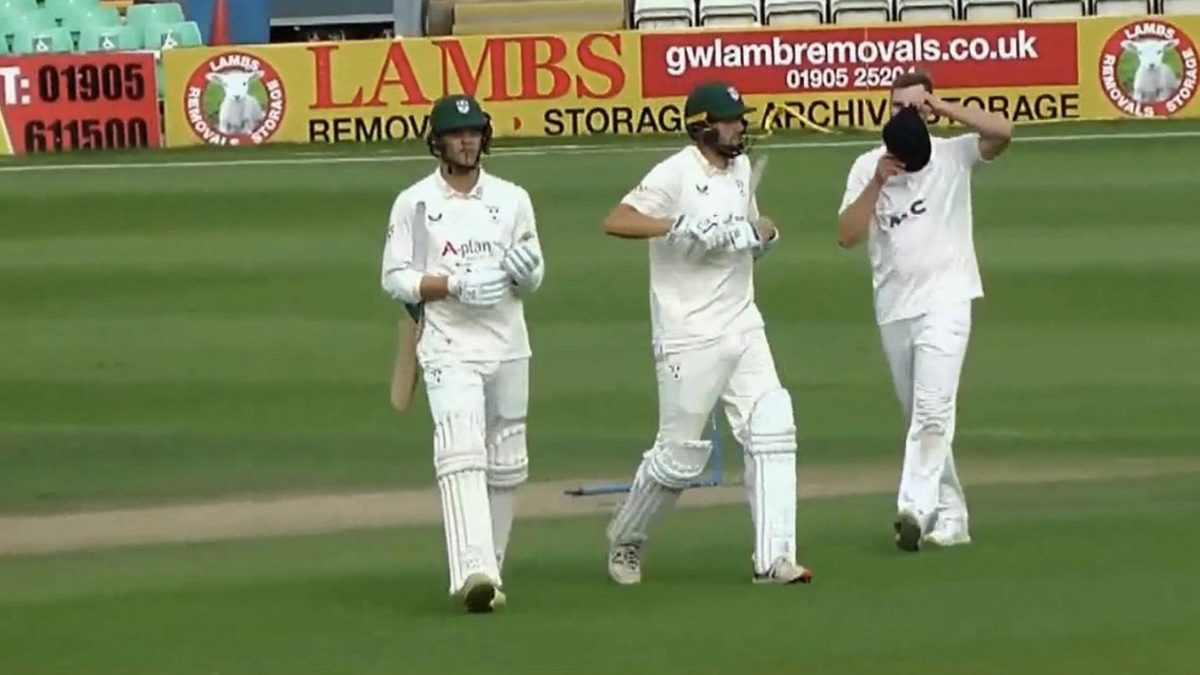
Asked to follow on by Yorkshire, Worcestershire flipped their batting order in a County Championship Division Two match.
For most of the first three days, there was nothing unspectacular about the match at New Road. Adam Lyth (79) and Finlay Bean (135) added 177 for the Yorkshire first wicket after Worcestershire captain Jack Libby opted to bowl.
But Adam Finch (5-100) kept chipping away and Yorkshire were bowled out for 407.
Ben Coad (5-33) and Mark Steketee (3-55) then reduced Worcestershire to 179-9. That was when No.11 Ben Gibbon (first-class batting average 13.42) joined No.10 Finch (14.64). Finch had never gone past 33 in the format; Gibbon, 30.
Worcestershire needed another 79 to avoid the follow-on. The end seemed inevitable, but Finch and Gibbon stayed put for a shade over two hours. By the time Steketee had Finch caught behind, the pair had pushed the total to 242.
They could not avert the follow-on, but by staying out there for 35.3 overs, Worcestershire stretched Yorkshire’s stint in the field. Yorkshire had little option but to ask Worcestershire to bat again, which meant that their bowlers – already out there for over a day – would have to return to take ten wickets.
But that was not all. After the mid-innings break, Libby sent Gibbon and Finch to open batting. True, they were Nos.10 and 11, but they were also set batters, and had kept the same attack at bay for two hours.
Now, they played out the nine overs, and Worcestershire finished on 22-0. They need another 143 to make Yorkshire bat again, but their best nine batters – at least as per pre-match expectations – are yet to bat.
There are multiple instances of ten and jack opening the batting in the second innings after a side had been asked to follow on. The most famous of these occurred in 1946 at Cardiff, during a match between Glamorgan and the touring Indians.
The Indians declared on 376-6 and reduced Glamorgan to 149-8. Then, captain and No.10 Johnnie Clay watched Chandu Sarwate dismiss No.9 Haydn Davies and No.11 Peter Judge with consecutive balls.
Touring captain Vijay Merchant enforced the follow on. There was little time left in the match, and to allow the paying spectators as much cricket as possible, no one changed position.
In other words, Clay and Judge opened the second innings, and Judge took strike. Sarwate bowled the first over and struck with his second ball, as a result of which Clay registered a pair in three balls – the fastest ever documented first-class pair.
Finch and Gibbon certainly did better than Judge.

